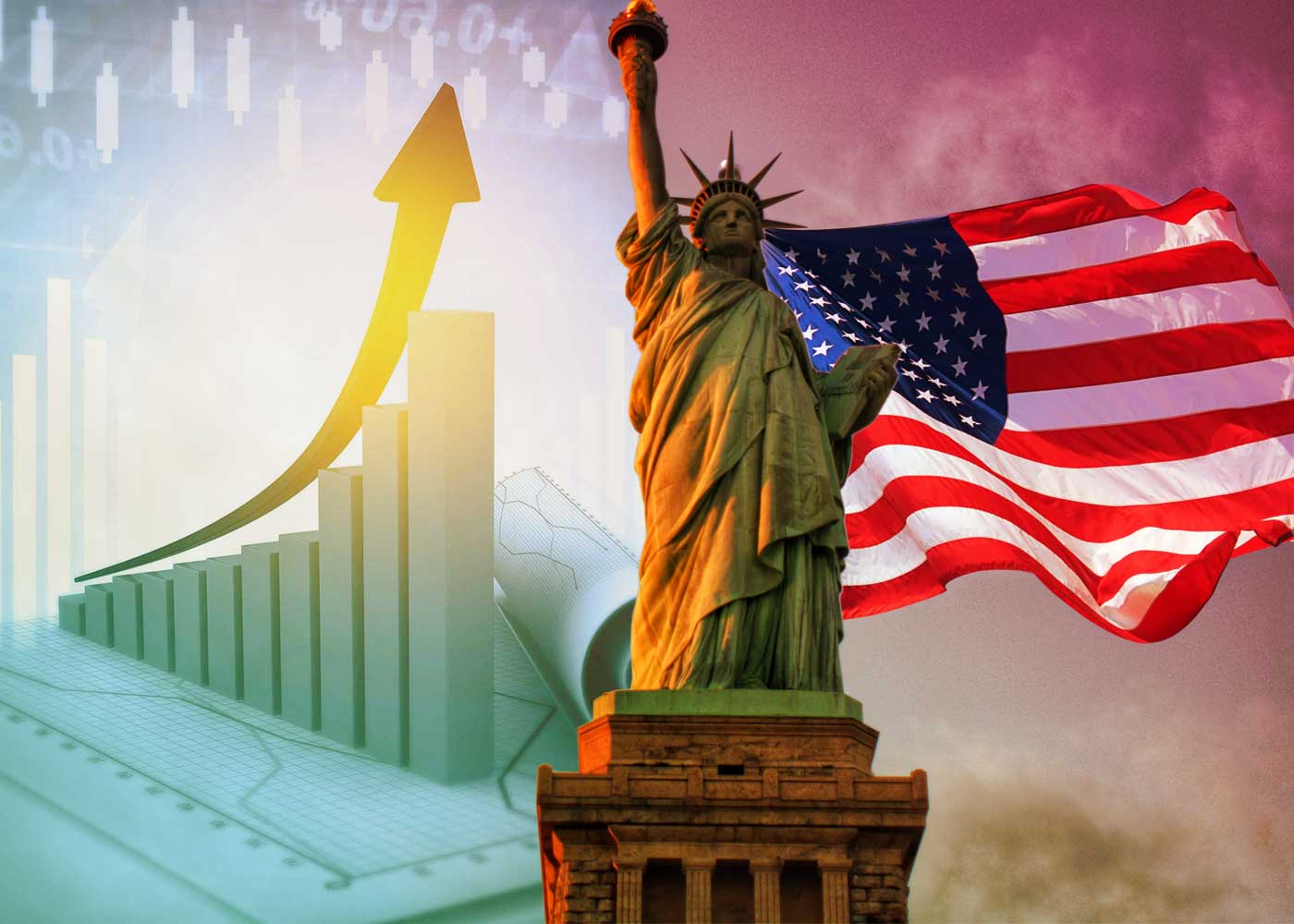After seven months of economic decline, the US economy remarkably revived in February as per the results of a purchasing managers survey by S&P Global published on Tuesday, showcasing the country’s strength even amidst increasing interest rates and slowing activity.
Business Mood Positive Despite Rising Interest Rates in the US Economy
The S&P Global Flash Composite Output Index, which monitors manufacturing and services industries, rose from 46.8 in January to 50.2 in February- marking the second consecutive month of growth exceeding 50.0 – a sign that expansion has resumed since June despite higher interest rates and inflationary pressures on consumers’ wallets. Chris Williamson, Chief Business Economist at S&P Global, stated that this upturn indicates receding recession risks as the business sentiment appears more optimistic now than before.
Despite this, the reading suggests a slight enlargement of the US economy driven by an increase in services sector activity. This rebound was reportedly propelled by unseasonably warm temperatures, according to the report.

Demand Is Decreasing but Slower
The survey revealed that while demand was still shrinking in February, the pace of deterioration had eased. Service providers registered a minimal decrease in client orders, S&P Global reported; however, manufacturers experienced a notable plunge for the second month running. Furthermore, The Wall Street Journal’s consensus forecast of 47.0 came to fruition as the flash U.S services PMI rose to 50.5 from 46.8 – an eight-month high!
Although activity among service providers saw a slight increase, customers remained hesitant to take part due to rising inflation and interest rates. The U.S manufacturing PMI registered at 47.8 – surpassing economists’ expectations of 47.6 – but still indicating contraction in the market overall.
Despite Signals of Recovery, Manufacturing Sector Continues to Shrink
Factory output levels remained stagnant for the fourth month running, and orders plummeted significantly. Mr. Williamson pointed out, “Although there has been some improvement in manufacturing survey data, the factory industry is still down with a focus on minimizing inventory.” On top of this, cost inflation decreased last month; however, rates of increase in retail prices increased rapidly, according to the report.
The survey results clearly illustrate the shift in power to wages due to the current tight labor market. This can lead to fears surrounding rising wage-price pressures and could result in an increase in interest rates, ultimately hindering growth. According to Mr. Williamson, “Accelerating service sector price growth will add fuel to this fire.”
You might check: Chinese Technology Giants Tencent and Bytedance to Downsize in Metaverse Sections













